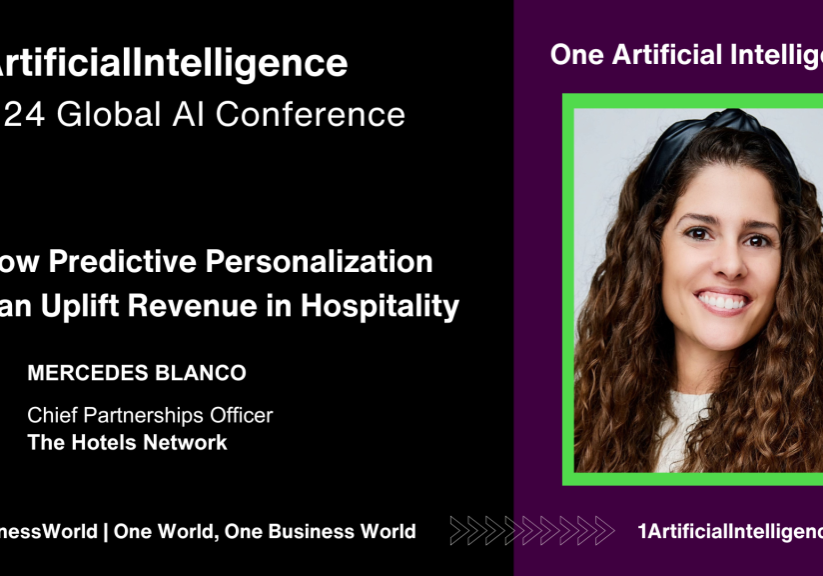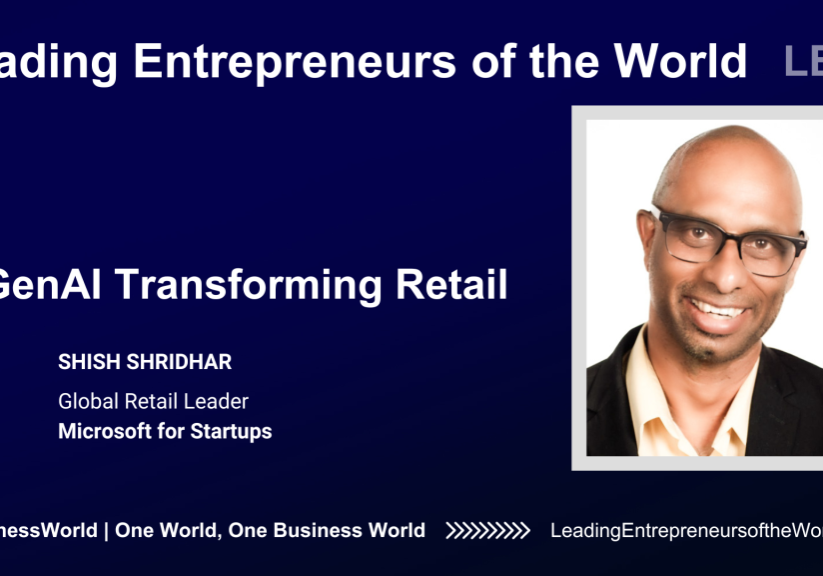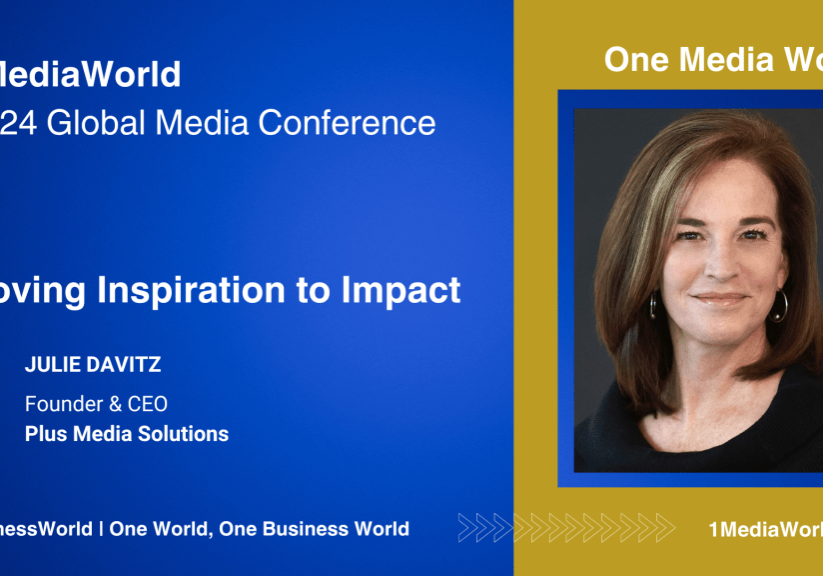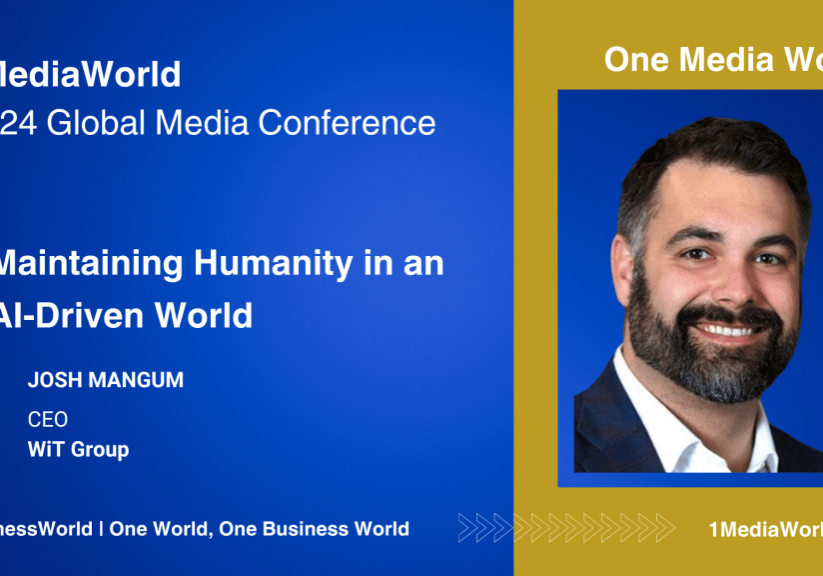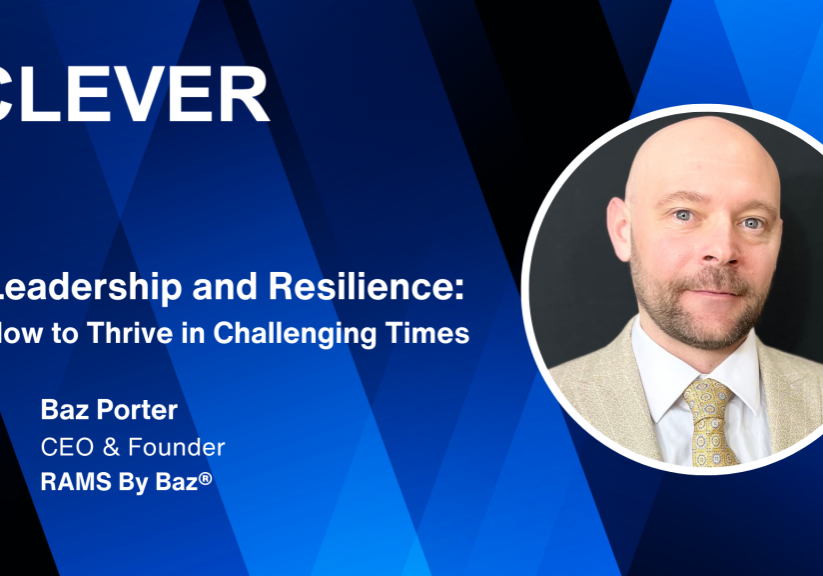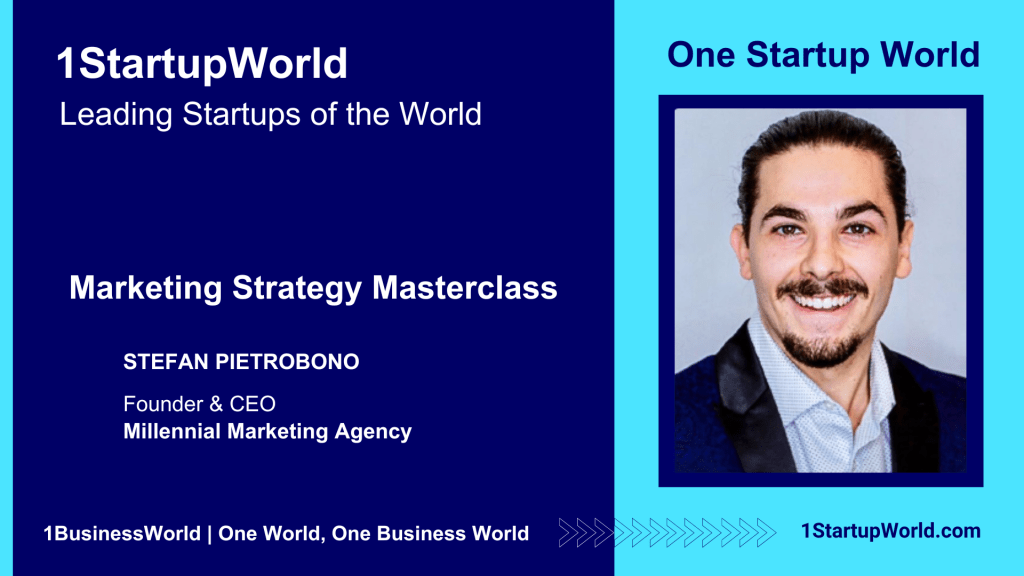
Phoenix, that featureless and ever-spreading tundra of concrete, has been called “the world’s least sustainable city.” It has been characterized as a “sprawling, suburbanite wasteland” and “a monument to man’s arrogance.” The Onion has darkly predicted that by 2050, “most of Earth’s landmass” will be swallowed by the encroaching Phoenix exurbs. The Walk Score index ranks the place as the second-worst big city in America for pedestrians, and traversing it has been described as “a slog through a desert, plus the occasional McDonald’s.”
The Phoenix metropolitan area is, in other words, the last place you would expect a real estate developer to spend $170 million creating what it calls the first-ever car-free neighborhood built from scratch in the United States.
The development, Culdesac Tempe, is a 17-acre lot just across the Salt River from Phoenix. Currently a mess of dust and heavy equipment, the site will eventually feature 761 apartments, 16,000 square feet of retail, 1,000 residents — and exactly zero places for them to park. The people who live there will be contractually forbidden to park a car on site or on nearby streets, part of a deal the development company struck with the government to assuage fears of clogged parking in surrounding neighborhoods.
Culdesac Tempe is a proving ground for a start-up also called Culdesac, which was founded in San Francisco and moved to Tempe during the pandemic. Started in 2018 by two native Arizonans, the company announced the project last year to a mixture of curiosity and doubt. Urbanists cheered it as a bold and important step toward a future with fewer cars, while suburban developers said the concept could never work on a large scale.
Others preferred to simply ignore Culdesac. “If something is described as ‘car-free,’” Car & Driver wrote, “we’re generally not interested in reading any further.”
Although Culdesac was devised before the coronavirus emerged and has experienced some construction delays, the project could end up benefiting from the pandemic, as more Americans consider working from home indefinitely in cheaper cities. Culdesac says it expects the first residents will be able to move into their apartments next year, with the larger site completed by 2023 — a pedestrian oasis in the megalopolis known as the Arizona Sun Belt.
To be fair, Tempe, the home of Arizona State University, gets high marks for bike friendliness and has seen a recent boom in high-rise construction. But outside the campus area, it is very much a part of the region’s autoscape. Culdesac’s immediate neighbors include an R.V. park, a mechanic, a transmission shop and an auto-parts store, and nearby apartment complexes — the competition — are surrounded by parking lots that shimmer in the three-digit heat.
The car-addicted reality of the area makes Culdesac’s architectural renderings both intriguing and a little hard to believe. According to the images, neighbors will lounge in communal courtyards and walk to do their errands. Culdesac Tempe is directly on a light-rail line to downtown Phoenix, but residents may never need to leave: The complex will feature its own grocery store, coffee shop, restaurant, co-working space and other amenities.
The 167 rowhouse-size apartment buildings will be broken up by wide pedestrian malls, and there will be a half-acre park where residents can walk their dogs and stage picnics. A limited amount of parking will be provided for outsiders who want to visit friends or shop at the stores, but the people who live there will have to rely on public transit, bikes, ride-hailing apps, scooters and the like to get around greater Phoenix. Apartments start at about $1,000 a month for a studio and $2,200 for a three-bedroom, about in line with the area.
Because Culdesac’s founders come from the technology industry, where no idea is valid if it does not scale, the company’s plans go way beyond Arizona. Ryan Johnson, a founder and Culdesac’s chief executive — he’s also the Tempe site’s first official renter — said the multidecade goal was to retrofit American cities and end car ownership as we know it.
“After this one, we’re going to build something for 10,000 residents,” Mr. Johnson said in an interview. After that: entire municipalities. “The vision of Culdesac,” he added, “is to build the first car-free city in the U.S.”
Rent checks and bar tabs
Mr. Johnson’s thesis, as laid out over a few hours of recent Zoom calls, is that (a) the future of American cities is the walkable urbanism found in New York and San Francisco but that (b) that future is headed to the Sun Belt.
The coasts may dominate American culture now, but for decades the biggest growth rates have been in sprawl-heavy places like Atlanta, Houston and Phoenix. The latter remains among the nation’s fastest-growing metropolitan areas, adding about 750,000 people since 2010. With a total population just under five million, Phoenix has edged out Boston as the country’s 10th-most-populous urban area.
Compare that with New York and Chicago, which are losing population, and with California, which continues to see a net outflow of middle-class residents to cheaper cities beyond its borders. If you want to be in the business of creating not just new buildings but entire neighborhoods, you go where demand is exploding, and that’s Arizona.
Megan Woodrich might become one of these coast-to-Sun-Belt transplants. “It’s absolutely untenable here long term,” said Ms. Woodrich, a teacher who lives in South San Francisco — a suburb of 63,000 that sits below its more famous neighbor — with her husband and three children. They are considering a move to a cheaper place like Arizona, but they want a walkable neighborhood — a combination of desires that led them to discover Culdesac. Ms. Woodrich is on a list of 200 people that have expressed early interest in the development.
Some economists and demographers have derided Phoenix’s growth as cheap. They note that many of the jobs being created are low-paid positions in sales and customer service, the result of the local government’s encouraging corporations in higher-tax states to move their back-office operations.
But in the recovery since the subprime-housing bust, which leveled the local economy and its construction-dependent job growth, Phoenix has developed a budding tech scene and started to attract jobs from Silicon Valley. Zoom, the videoconferencing app that has gone from little known to ubiquitous during the pandemic, recently announced that it was opening a research and development office — full of the higher-paid software engineers that tech companies usually place in the Bay Area, Seattle and New York — in the Phoenix area.
At the Culdesac site, the developers are blending two ideas that usually have nothing to do with each other. The project is both an “infill” development that aims to sleeve itself into the urban landscape, and a master-planned community that recalls a Disney exhibition or a golf-and-condos parcel in Florida.
The goal might be termed instant gentrification: to open up with all the amenities that make a place desirable, and hope that they make the neighborhood a destination overnight. The development’s park, shops and co-working spaces will all be open to the public, and every penny spent on site, whether from a tenant’s rent check or an outsider’s bar tab, will filter up to the same company.
An edge case, eerily prescient
When Culdesac Tempe was announced, the idea of a large, car-free development in Arizona seemed like the extreme but plausible edge of a long-term trend. Americans are getting serious about reducing their carbon footprint, and for years, cities across the country have been rewriting their zoning codes and building regulations to require fewer parking spots and encourage greater density.
Outside urban cores, there has been a parallel trend toward more duplexes, apartments in shopping malls and “car-lite” developments — building projects that acknowledge most residents must drive to work five mornings a week but may prefer to walk or use transit for errands and leisure. Even in Phoenix, the few relatively walkable neighborhoods command premium prices.
Still, there was probably going to be a ceiling on the number of tenants Culdesac could attract. The great bulk of the city’s working population has jobs requiring a car commute. Culdesac might have made a profit courting the subset that shunned automobiles and worked from home, but there’s no disputing it would have been a subset.
Then, of course, came the pandemic, causing tens of millions of Americans to begin telecommuting from their living rooms. Across the country, employers are re-evaluating whether they will ever reopen their downtown offices at full capacity, and some have told their staffs that they can accomplish their tasks via videoconference forever. Suddenly, the Culdesac pitch — a Sun Belt development that caters to people who work remotely and middle-class refugees from the expensive and crowded coasts — started looking eerily prescient.
Builders and urban planners have long denounced city-mandated parking minimums — requiring projects to include one or two spots per unit — as “apartment blockers” that raise the rent. Instead of telling developers how many parking spots to build, they argue, cities should allow parking to be built according to demand. The hope is that once residents see how much a parking space is costing them (a few hundred dollars a month in big cities), they will be more apt to embrace car-sharing and public transit.
In 2018, Seattle passed a law requiring developers to unbundle the cost of parking from the cost of rent, and various other cities, including Los Angeles, Portland, Minneapolis, Austin and San Francisco, have approved buildings with minimal or no parking for residents. Just a year after Culdesac announced its Tempe development, a more modest project — a 104-apartment complex with just six units of parking — was proposed in Charlotte, N.C. The developer, Grubb Properties, assembled a spreadsheet of car-free buildings and developments for the City Council to consider. Culdesac topped the list, which mostly consisted of smaller, one-off projects.
The more common it becomes to sever parking from development, the easier the concept is to sell to tenants. “When other developers get on board, it helps change the mind-set of lenders and others who are stuck in the traditional car-centric mentality,” said Clay Grubb, Grubb’s chief executive. In mid-October, Charlotte’s Council approved the project with a 6-to-5 vote.
The petri dish of real estate
Arizona — for all the scorn heaped upon it by, ahem, car-despising coastal elites in professions like journalism — is actually a magnet for housing innovation. Like the rest of the West, the state boomed after World War II, attracting residents and industries as white Americans suburbanized and the baby boom commenced.
In the dominant Phoenix region, which accounts for about two-thirds of the state’s population, growth was steered by a cabal of civic boosters and Chamber of Commerce men, who courted out-of-state employers by hoovering up federal infrastructure dollars and fostering a good “business climate” — that is, they kept unions weak, taxes low and regulation minimal.
The mix of fast growth and low-key rules has given Phoenix a reputation for being “the petri dish for housing experiments.” It’s a great place to build because people are constantly showing up. And because so many houses look the same — terra-cotta roof, rock lawn by the driveway, and exteriors in your choice of tan, tan or tan — the region emerged from the housing bust with a reputation for being one of the easiest places in America to gauge the price of a home.
In the aftermath of the Great Recession, when investors built single-family-home empires from the wreckage of a mortgage crisis, the Phoenix region was one of the first markets where institutional buyers started amassing foreclosed properties. More recently, Phoenix also became a test market for an emerging class of “iBuying” (short for instant buying) companies, including Redfin, Zillow, Offerpad and Opendoor, which hope to upset the traditional broker model by offering home sellers quick cash offers, then flipping the properties back on the market.
Arizona is so encouraging of new real estate schemes that its Commerce Authority has a program, Property Technology Sandbox, in which companies can apply to test new ideas to buy, sell and develop without having to get the usual licenses. It’s a place that attracts builders because the local attitude seems to be “Eh, give it a try.”
Unlike so many other Arizonans, Mr. Johnson is actually from here. He grew up in Phoenix and was one of those kids who spent hours building rail networks and skyscrapers in SimCity. Being a good student and interested in software and public transit, Mr. Johnson expected that he would attend the Massachusetts Institute of Technology or some other elite university in a dense, Eastern city.
Instead, he went to the University of Arizona with a full-ride scholarship plus $50,000. This came from the Flinn Foundation, whose Flinn Scholars program aims to keep smart locals from leaving the state.
Mr. Johnson used the $50,000 to invest in the Tucson rental market, then left for a succession of out-of-town jobs in consulting, finance and in public service, the latter at New York’s Metropolitan Transportation Authority. In San Francisco, he joined Opendoor, and in 2018 started Culdesac with Jeff Berens, his college roommate.
“What we saw at Opendoor,” Mr. Johnson said, “was there is enormous demand for walkable neighborhoods, and with all these innovations in transportation, ride sharing, scooters, et cetera, we realized that there was a way to build it. So we said, ‘Where can we build a new type of walkable neighborhood?’”
Doing this would require three things: raising money, finding land and getting a city to let them do it. The first two could be satisfied anywhere. The last required a place with a loose approach to housing regulation. However much Arizona is associated with sprawl, the Phoenix region is actually a builder of everything — towering condos, garden apartment complexes, golf course villas.
The company approached Tempe with its plans in 2018 and by late last year had a development agreement that allowed it to build the project without residential parking so long as the residents were prohibited from parking nearby. With that, Mr. Johnson went home. Soon the company followed him: In May, Culdesac canceled its office lease in San Francisco and instituted a remote work policy. A half-dozen of the company’s 20 employees have since moved to the Phoenix area.
Cheap, but tethered to transit
Before Culdesac’s backhoe went in, the Tempe site was a neighborhood eyesore. The ground consisted of dirt and broken glass. On top of it stood abandoned buildings with stray wires and punched-out windows. Standing there in early February, I imagined it being the site of a dystopia-themed paintball war or a great place for teenagers to vape.
This is, of course, how developers make money: They see potential where others don’t, and profit through the timeless process of turning land that is worth little into land that is worth a lot. But I wondered how viable Culdesac’s expansion prospects were beyond the sure-why-not regulatory ethos of Arizona. Even if the Tempe project is a success, it’s unclear how many times Culdesac can assemble large, underutilized lots along existing transit lines and persuade cities to let them rezone with the eagerness that Tempe did.
I asked Mr. Berens to show me Culdesac’s potential development sites in other cities, and he agreed on the condition that I describe them only generally. Recently, over Zoom, he took me on a satellite tour of five metro areas: Denver, Washington, Dallas, Atlanta and Raleigh, N.C.
The common element was that the sites were miles from the central business district but still (with the exception of Raleigh) proximal to a rail line. Their neighbors were industrial yards and towing companies and car dealers. Imagine riding a subway from downtown, in the direction of the airport, and looking out the window as you reach a stop on the industrial edge of the city.
That’s the sort of spot Culdesac is seeking: Places that can be bought cheap, covered with hundreds or thousands of new homes, and made to feel that they are connected to the heart of the city because a new generation of tenants fundamentally embraces transit — or maybe doesn’t want to go into the heart of the city at all.
Doing this will require lots of money and lots of interests, pools of debt and equity that developers assemble into a “capital stack” that lays out who is paid for what and when. If Culdesac is successful, it will operate like a franchise or chain hotel that links several individual companies through one brand.
One of those companies, Culdesac Inc., has raised $17 million from venture-capital firms including Khosla Ventures, Zigg Capital and Initialized Capital. That company plans to serve as the developer and property manager for the series of limited liability companies that make up an individual project, which in turn will be funded by individual investors and bank debt. Culdesac Tempe, for instance, is being codeveloped with Sunbelt Holdings, a local developer, and Encore Capital Management, a real estate investment firm, which raised most of the equity for the $170 million project’s construction.
The discontinuity hypothesis
We are living in a moment of extreme disruption. (And that’s a sentence I’m typing before the outcome of the presidential election is known.) People are changing how they live, where they work, how they get there or if they get there at all. The process of getting back to normal is likely to be more disruptive still. Billions of people will create new habits, and no matter what happens, many of them will stick.
For whatever reason, changing addresses seems to open people to further change. In studies of military families, one of the few groups of people who are shifted around at random, researchers have found that marriage and children are often associated with long-distance moves.
“There is something about being told that you are going to be moving across the country that forces you to re-evaluate other big decisions in your life,” said Abigail Wozniak, an economist at the Federal Reserve Bank of Minneapolis who studies migration.
This “discontinuity hypothesis” seems to apply to environmental habits as well. A study in Copenhagen found that when drivers were nudged to take public transit, the nudge worked best with people who had recently changed addresses. Movers also seem more open to recycling more, conserving water and reducing electricity use. There seems to be a sweet spot, sometime within three months of a move, when people’s habits are upset and they open themselves to the possibilities of new ones.
To build anticipation for the opening in Tempe, Culdesac has been hosting semiregular video calls with prospective residents, who give input on the final design. Talking about bike-rack design or the rules of a future community garden, they come off as the urban-planning equivalent of the fanatics and early adopters who stand in long lines for “Star Wars” movies and Apple products.
Demographically, they mirror the two groups that have been credited with the past three decades of urban revitalization: young professionals like Ms. Woodrich, and empty nesters like Reynolds-Anthony Harris, a 67-year-old business consultant who lives in the Minneapolis area and is also considering a move to Phoenix.
“There are some of us who have no interest or desire whatsoever to be in a segregated senior citizens’ community,” he said. “That, to me, is the fastest way to the grave.”
Whatever the age, they also all seem interested in a kind of self-imposed shock and the discovery of something new.
Daniel Moreh, a software engineer in Oakland, Calif., isn’t even interested in Tempe itself. He’s heard nice things; he knows it has a university. The real appeal of Culdesac is the idea of being part of something new.
The start-up bug is something people take with them everywhere, so he uses phrases like “co-create the culture,” and he expects that the first few months of living there will be echo the feeling of traveling and making easy friends. “There’s not an established hierarchy of ‘Hey, I can’t talk to you yet,’” he said.
“It’s a bunch of people who are willing to pick up whatever they had in their life and move to try this thing,” he added. “I don’t know who they are yet, but that sounds like a group of people I would be interested in meeting.”

